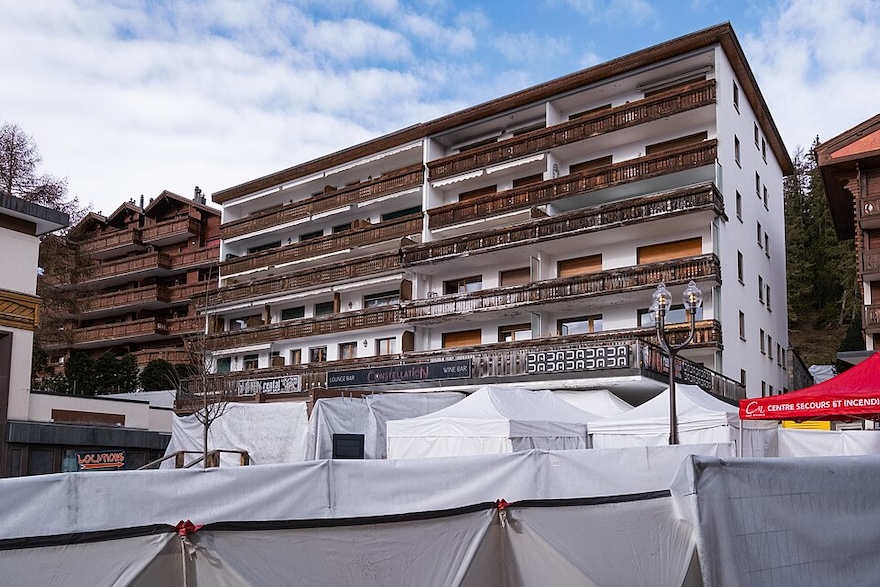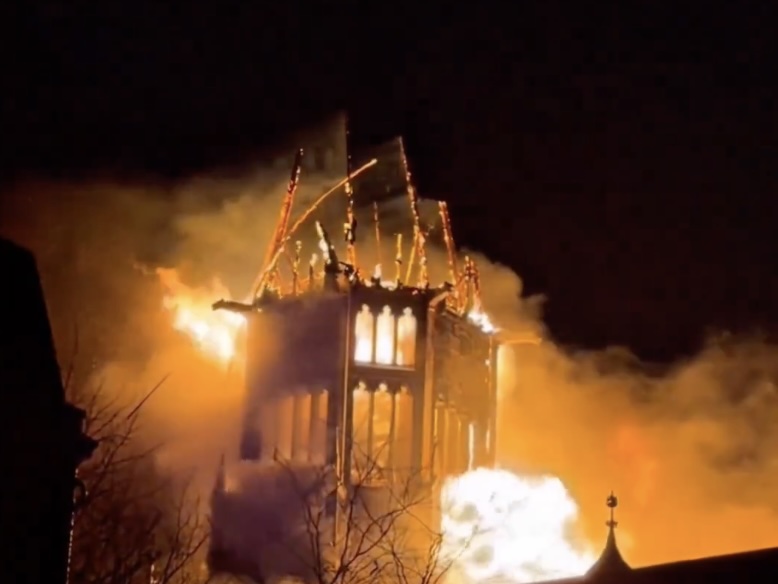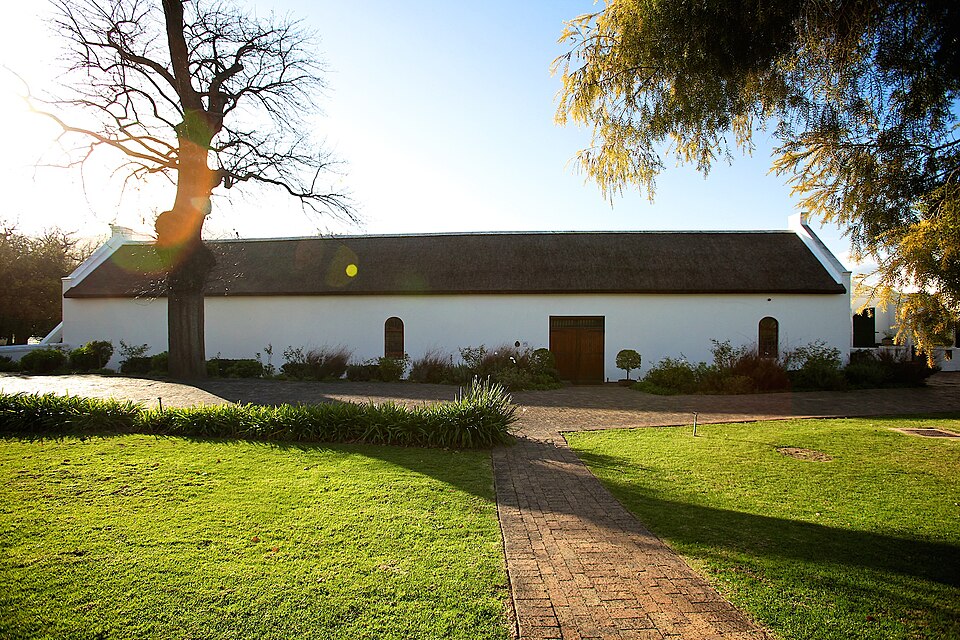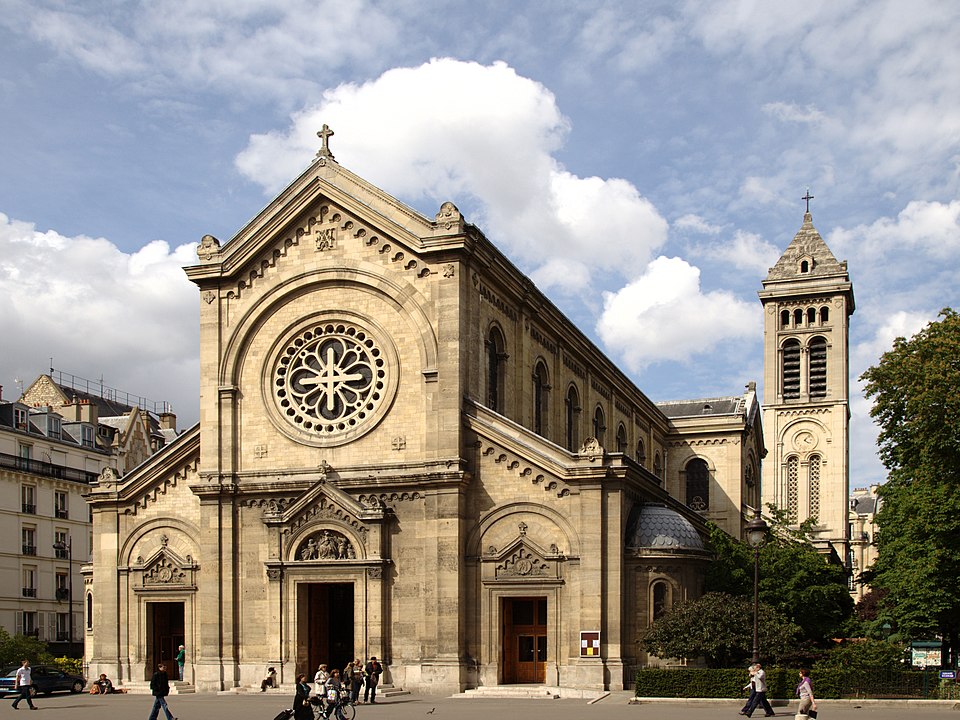Chapel Badly Damaged in the Cathedral of Cordoba (Spain)
On the evening of August 8, shortly after 9:00 PM, a fire broke out in the Chapel of the Annunciation, located in the Almanzor Nave of the Mosque-Cathedral of Córdoba. The building, a UNESCO World Heritage Site, is one of the world’s most extraordinary examples of architectural stratification.
On the evening of August 8, shortly after 9:00 PM, a fire broke out in the Chapel of the Annunciation, in the Almanzor nave of the of Cordoba. The building, a UNESCO World Heritage Site, is one of the world’s most extraordinary examples of architectural stratification.

Originally built as a mosque during the Umayyad period (8th-10th centuries), over an earlier Visigothic church (St. Vincent), it was later converted into a Christian cathedral in the 16th century. The building features a complex blend of two-tone arches, reused Roman and Visigothic columns, opulent Renaissance and Baroque chapels, and large naves added over time, such as the Almanzor Chapel.
The original building housed what is perhaps the mosque’s most iconic feature: the prayer hall, an eleven-naved space supported by two-tiered columns made of jasper, marble, and granite. The carved wooden-beam ceiling, known as a hypostyle, also supported the structure.
This diversity of structural and material elements complicates fire management.
The flames, which originated in an area used as a warehouse for cleaning equipment and machinery, quickly spread to the roof, prompting immediate intervention by firefighters.
The investigation is ongoing, with some sources speculating that the fire may have been caused by a malfunctioning cleaning machine.
Three specialized teams—with personnel familiar with the structure, due to regular exercises at the monument—operated on two fronts, internal and external. A dry pipe system was also utilized to extinguish the fire. This fixed system allows firefighters to quickly connect their vehicles and pump water to the highest points without needing to lay long hose lines through complex spaces.
The fire caused damage to a section of the building with a wooden ceiling, resulting in an estimated restoration cost exceeding €1 million. While wooden ceilings form a charred surface layer during a fire, they lose strength and may collapse under the weight of water. In contrast, other areas of the building are constructed with stone or masonry vaults, which are non-combustible but still vulnerable to collapse due to intense heat and thermal shock.
After the fire, the roof of the Chapel of the Annunciation collapsed. However, the damage was limited, affecting an area of approximately 25-50 m² out of a total of 13,000 m². Some artworks were damaged, including the upper section of the Annunciation altarpiece and a painting depicting the Virgin with the Archangel.
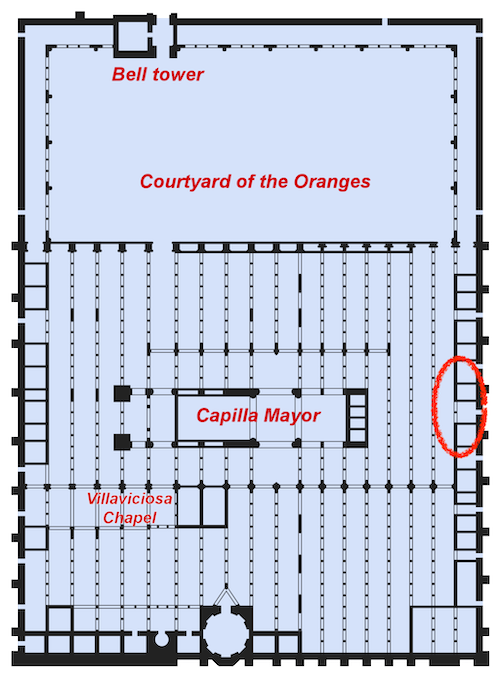
If the initial findings are confirmed by the ongoing investigation, at least three key considerations emerge:
- Warehouses as High-Risk Areas: Warehouses must be regarded as areas with specific fire risks, primarily due to the materials or machinery stored within them and the lack of continuous monitoring. This risk is heightened when electrical equipment is under load, as illustrated in the 2023 incident in the Philippines.
- Minimizing Water Damage: The use of additives that limit the amount of water required for extinguishing the fire can help reduce damage caused by both the fire and the water. Sources suggest that the roof collapse was caused by the structural damage from the fire combined with the load from the water used for suppression.
- Electrical Energy Storage Systems: Fires in electrical energy storage systems, even those onboard vehicles, pose significant risks due to the smoke and toxic substances produced by the fire, as well as the complexities involved in extinguishing them. In historic buildings, this risk deserves urgent attention, especially given the delicate nature of many assets stored within them. The specific risk associated with cultural heritage buildings must be addressed promptly, given the rapid adoption of these power storage and supply systems for building management. Currently, there are no known systems capable of extinguishing battery fires once they undergo thermal runaway.
